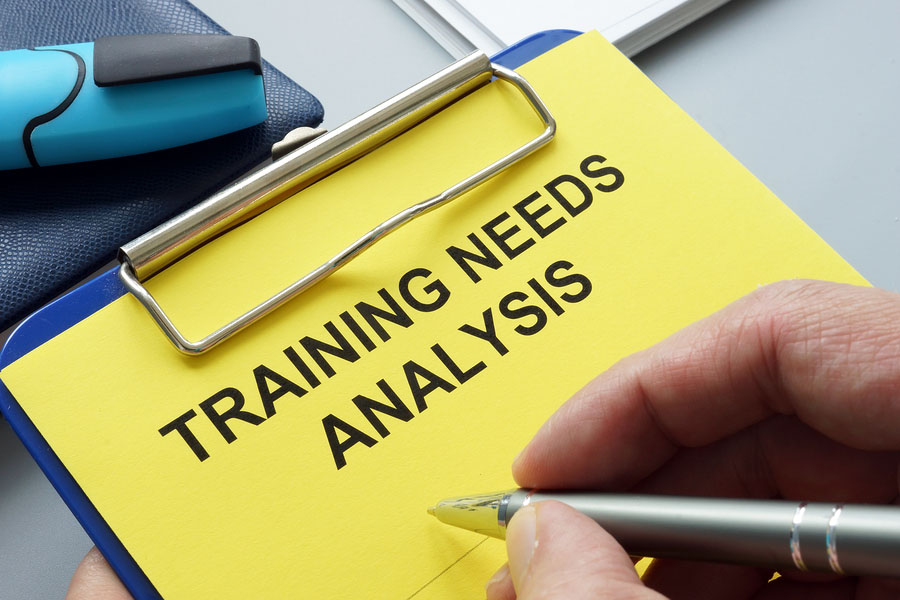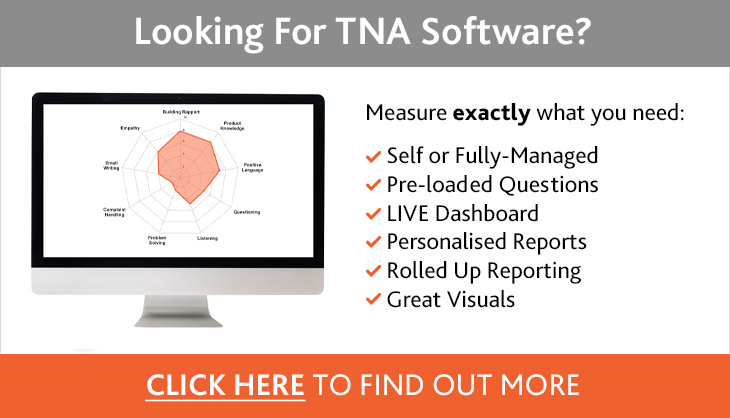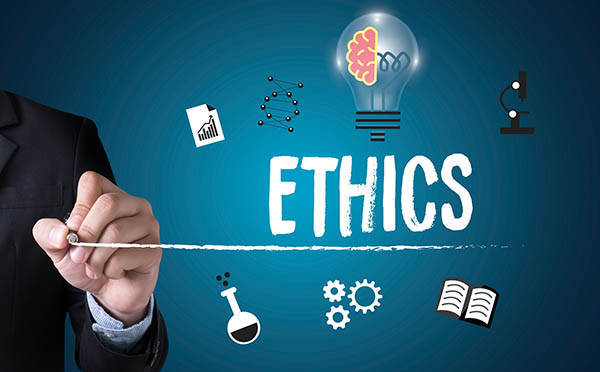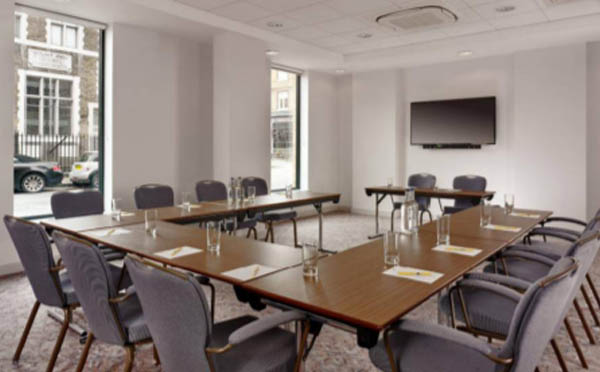The Basics Of Running A Training Needs Analysis

When it comes to learning and development the cart should never be put before the horse!
What we mean by this is that there needs to be a thorough training needs analysis conducted before you create any learning and development programmes within your company.
Below are some ideas and basics of how to conduct a TNA. Ultimately your industry, ways of working and previous learning and development activities will all have an impact on the TNA design.
But take this post as a guide rather than THE ANSWER!
Begin With The End In Mind
• What are you looking to improve?
• How will you know that it’s improved?
• How will you measure it?
• What does success look like?
• Does the L&D goal match a business goal?
• Does it fit with the future of the business?
Example; let’s assume that your leaders have been more “transactional” in the past than “inspirational” but your business objectives are requiring your leaders to be motivational, inspiring leaders. Your success criteria, measurements and L&D curriculum will need to reflect this.
What Does Excellence Look Like?
So you know what to achieve. But what skills, behaviours and competencies are required to achieve this?
You need to get into data collection mode for this!
• Ask your staff what they need
• Ask their managers what they need to support them
• Gather appraisal feedback
• Collect skills and behaviours from job descriptions
• Do you have a competency framework you can use?
• Conduct one on one interviews
• Run workshops to define what excellence looks like
• Run focus groups to discuss what is needed
• Run psychometric tests and assessments
• Observe your staff in their everyday environment
Time To Benchmark
So you’ve now got a list of the competencies, behaviours, skills, abilities and mindset of what excellence looks like.
It’s now time to benchmark your people against this criteria so you can see where the gaps are.
Ways to achieve this:
• Self-assessment survey
• 180 degree feedback survey (staff member and their line manager)
• 360 degree feedback survey (staff member, line manager, peers and direct reports if applicable)
Mind The Gap
Simply put this is identifying all of the gaps from the benchmarking phase.
• Gather, collate and roll up the gaps
• Group people into similar needs
• Identify individual needs
• Prioritise the importance of each “gap”
Create An L&D Curriculum
People learn best in different ways.
Yes, of course, some of the gaps are going to be best tackled by grouping people together but overall we want to avoid sheep dipping our people.
There needs to be an element of CORE development opportunities as well as very individual options.
Don’t get bogged down with just organising courses as well. There are many other ways to develop your staff including:
• Informal learning
• 70-20-10
• Coaching
• Workshops
• Action learning sets
• Online learning
• Webinars
• Books
• Audios
• Video
• Mentoring
• Conferences & Seminars
So create an overall curriculum in draft mode first because you will need to work it all through the last stage of…
Calculating “The Costs”
We’re not just talking about the physical pounds and pence here, there’s far more to factor in like:
• Time/cost to develop materials
• Administration and scheduling costs
• Time away from normal work to learn
• Travel costs
• Outside third party costs
• Purchasing materials – online, books, audios
• Hotel costs
• Training evaluation
• Creating training feedback reports
Feedo enables you to run effective training needs analysis campaigns for your people. You can select from self-assessment, 180 degree feedback and 360 degree feedback options. You’ll receive comprehensive reporting which will allow you to create the learning and development opportunities that your people require.





